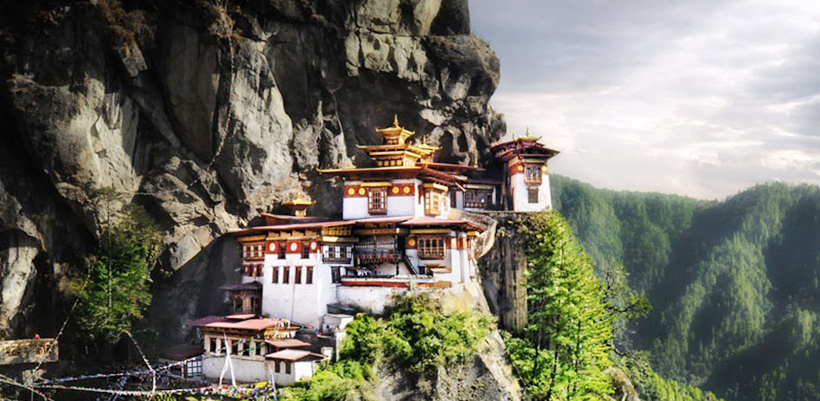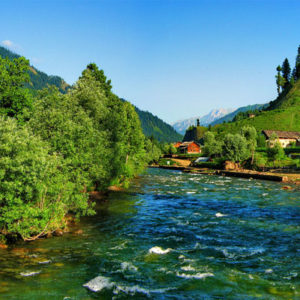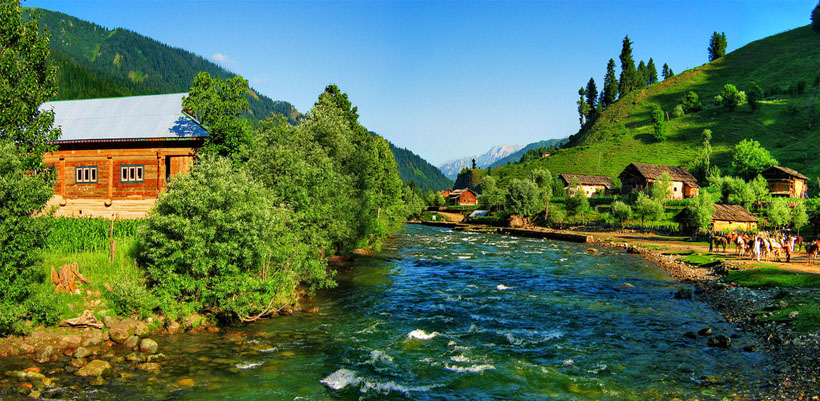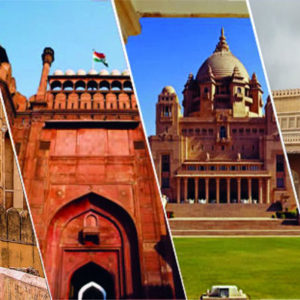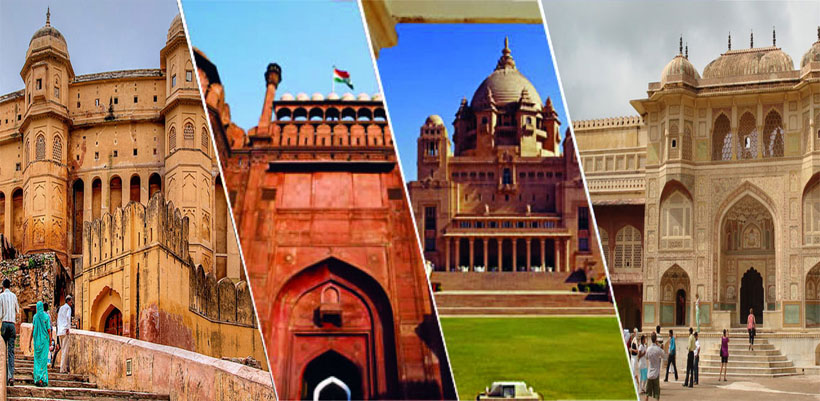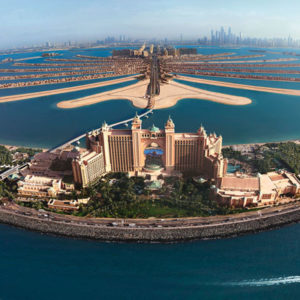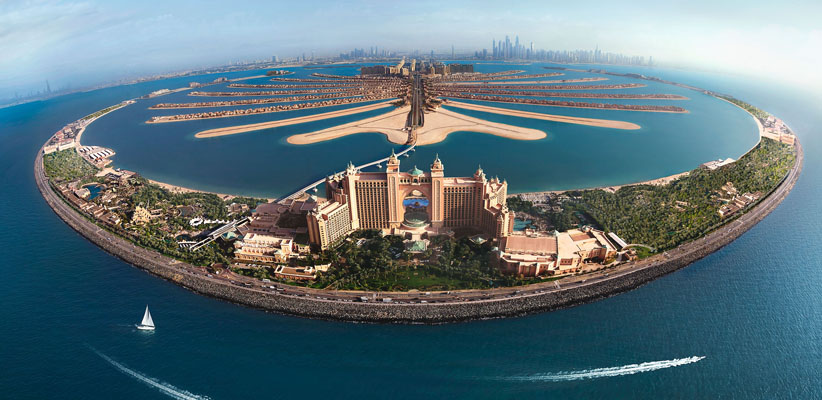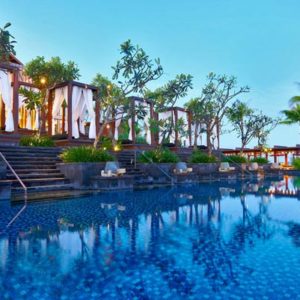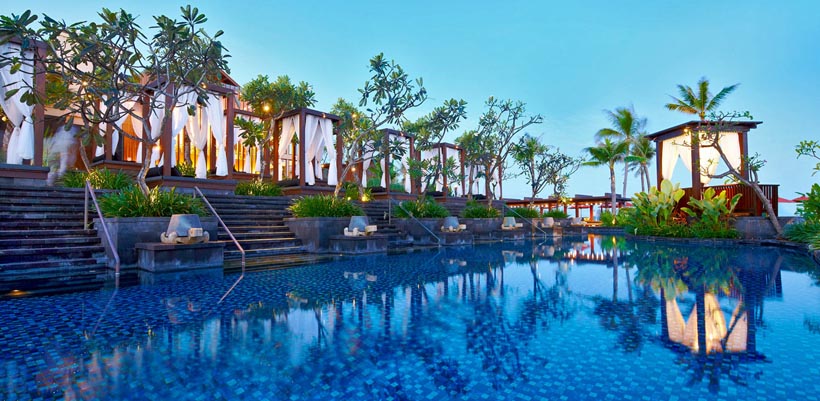Description
- Economy Class Airfare
- Airport Taxes
- Accommodation on twin sharing basis in below mentioned hotels
- Daily Breakfast in the hotel
- Round trip transportation (SUV/Hiace/Coaster) depending on group size, including airport pick up/drop
- Sightseeing as per the itinerary
- All applicable hotel and transportation taxes
- Services of a professional Escort / English speaking guide
- Museum visiting frees those included in the itinerary
- Internal permits for visiting temples and municipal areas
- Any increase in the airfare.
- Anything not included in the “Package Inclusions”.
Day 1 : Arrival in Paro & transfer to Thimphu (65 km/ 02 hour drive approximately)
Arrive at the airport . there will be our local representive will transfer you to your hotel in Thimphu. Upon arrival, proceed for check-in at your hotel.After taking rest for get ready for beautiful Sightseeing.
Trashi Chhoe Dzong– Also called Fortress of the Glorious Religion, situated on north of the city on west bank of the Wang Chhu, the Dzong was the site of the lavish formal coronation of the fifth King in 2008 and hosts the city’s biggest annual bash, the colourful tsechu festivities. The opening times 5-6 PM Mon-Fri, 8 AM-6 PM Sat & Sun.
National Library– Housing an extensive collection of priceless Buddhist manuscripts; the Institute for Zorig Chusum (commonly known as the Painting School) is where students undergo a 6-year training course in Bhutan’s 13 traditional arts and crafts.Spend rest of the evening at leisure enjoy a warm dinner before you go to bed.
Day 2 : Thimpu Sightseeing
After your breakfast then proceed for local sightseeing tour to:
Zorig Chusum – The Institute (commonly known as the Painting School) where students undergo a 6-year training course in Bhutan’s 13 traditional arts and crafts.
Textile and Folk Heritage Museum – A fascinating testimony of the Bhutanese material culture and living traditions.
King’s Memorial Chorten – Built in the memory of Bhutan’s third king, Jigme Dorji Wangchuk. People are continuously circumambulating the chorten, murmuring mantras and spinning their prayer wheels.
Government run Handicrafts Emporium and local crafts shops – To browse through examples of Bhutan’s fine traditional arts. Here you can buy hand-woven textiles, thangkha paintings, masks, ceramics, slate and wood carvings, jewellery, interesting items made from local materials.
Trashi Chhoe Dzong, ‘fortress of the glorious religion’– This is the centre of government and religion, site of the monarch’s throne room and seat of Je Khenpo or Chief Abbot.Overnight Spend overnight at hotel
Day 3 : Thimphu to Punakha (72 km/ 03 hour drive approximately)
After breakfast in the morning, check out from the hotel and proceed to Punakha. On the way to Punakha, you will drive past Dochu La. Stop at Dochu La view point which is the first stop after leaving Thimphu. At just 45 minutes from Thimphu, it offers the first glimpse of the Himalayan range. The road to Punakha branches left and curls its way down to the relatively low lands of the Punakha valley. On arrival, check in to the hotel and have lunch (on direct payment basis).Also Visit
Punakha Dzong – Majestically standing on an island between the confluence of the Pho Chhu and Mo Chhu rivers, the city’s Dzong is one of the most photogenic of all Bhutan’s ancient fortresses, and you will see pictures of it hanging in hotels and restaurants throughout the country. The Dzong is joined to the mainland by an arched wooden bridge and contains many precious relics from the days when successive kings reined the kingdom from this valley.
Chimi Lhakhang (Fertility Temple) – Situated on a hillock in the centre of the valley below Metshina is the yellow-roofed Chimi Lhakhang, built in 1499 by the cousin of Lama Drukpa Kunley in his honour after he subdued the demoness of the nearby Dochu La with his ‘magic thunderbolt of wisdom’. A wooden effigy of the lama’s thunderbolt is preserved in the lhakhang and childless women go to the temple to receive blessings from the saint. It’s a pleasant 20 minute walk across fields from the road at Sopsokha to the temple. It crosses an archery ground before making a short climb to the temple.In the evening, return to your hotel and comfortable overnight stay.
Day 4 : Punakha Sightseeing & Transfer to Paro (134 km/ 04 hour drive approximately)
After the lovely breakfast, proceed for Beautiful Sightseeing.
Simtokha Dzong -This Dzong, built in 1627, is the oldest in Bhutan. It now houses the Institute for Language and Culture Studies.
Ta Dzong -It was built to defend Rinpung Dzong during inter-valley wars of the 17th century. Ta Dzong was inaugurated as Bhutan’s National Museum in 1968.In the evening transfer to Paro, check-in at your hotel on arrival in Paro and rest overnight after a delicious dinner.
Day 5 : Paro Sightseeing
After breakfast in the hotel go for sight-seeing of Paro town.
Drukgyal Ruin Dzong -Originally a fortress and Buddhist monastery, it is now in ruins and is located in the upper part of Paro valley. The Dzong was built by Tenzin Drukdra in 1649 at the behest of Shabdrung Ngawang Namgyal to commemorate victory over an invasion from Tibet. In the early 1950s Drukgyal Dzong was almost completely destroyed by fire.
Kyichu Lhakhang -Built in 659 by the Tibetan King Songtsen Gampo. It is believed to be one of the 108 temples built to subdue a demoness residing in the Himalyas and is also one of the oldest Temples in Bhutan.
National Museum of Paro -Housed inside the revamped Ta-dzong building in Paro, National Museum of Bhutan is a cultural museum that has put on display the antique items gathered from different parts of the country.
Rinpung Dzong -A fortress-monastery that serves both as a civil administrative centre and as a monastic home for a community of monks. Most dzongs were built in the mid-1600s to protect the inhabited valleys from invasion by Tibet. The Paro Dzong was started in 1644 on the order of Shabdrung Ngawang Namgyal, the unifier of modern day Bhutan. Unlike most of the Dzongs in Bhutan, it survived the massive 1897 earthquake mostly unscathed, though it was damaged by fire in 1907.In the evening, return to your hotel and rest overnight after a delicious dinner.
Day 6 : Departure
Take away the sweet memories of Bhutan .Transfer to airport for your departure flight. Our tour staff will bid you farewell at the airport.

